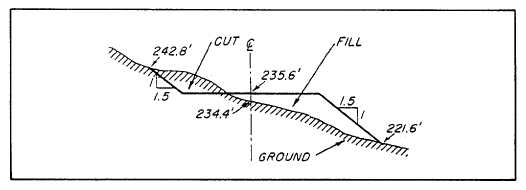Figure 14-27.-Three-level section in fill.
Figure 14-28.-Sidehlll section.
lines and with lighter lines into 1/10-in. squares,
Cross-section paper is commonly called 10- x 10-in,
paper.
Plot each cross section separately; and below
each plot, show the station number. Place the
first cross section at the top of a sheet and
continue downward until you plot all the
sections. Two or more sections may be plotted
on the same sheet. In a major highway
project, plot cross sections on a continuous
roll of cross-section paper. Some surveyors
prefer to plot the cross sections from the
bottom to the top of the paper. They may also
prefer to record cross-section notes in the same
manner. If you follow these methods of plotting
and recording, you are properly oriented with the
actual direction of the highway; that is, your left
is also towards the left of the highway; it is also
to the left of the cross-section notes and the
plotted cross section. Really, it doesn’t matter
which method you follow as long as you are
properly oriented to the direction of the highway
at all times.
Unlike profile plotting, in cross-section
plotting, the same scale is often used for both the
vertical and the horizontal distance. Common
scales are 1 in. = 5 ft and 1 in. = 10 ft. When
sections are shallow, it is best to exaggerate the
vertical scale, making it from two to ten times the
horizontal scale.
For the center line for a row of sections, use
one of the heavier vertical lines on the paper far
enough away from the margin so that no points
plotted will run outside the limits of the paper.
Note the depths indicated for the first section to
be plotted, and select a horizontal line for the base
14-31








